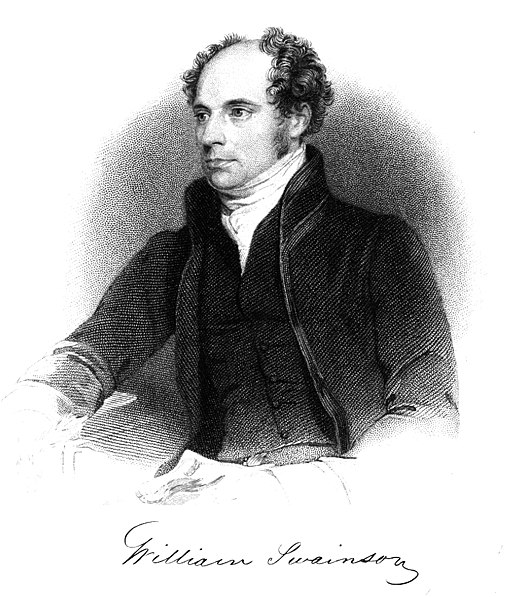
Swainson was born in Dover Place, St. Mary Newington, London, the eldest son of John Timothy Swainson, an original fellow of the Linnean Society.[1] He was cousin of the amateur botanist Isaac Swainson.[2] His father's family originated in Lancashire, and both grandfather and father held high posts in Her Majesty's Customs, the father becoming Collector at Liverpool.
William, whose formal education was curtailed because of an impediment in his speech, joined the Liverpool Customs as a junior clerk at the age of 14.[3] He joined the Army Commissariat and toured Malta and Sicily[3][4] He studied the ichthyology of western Sicily and in 1815, was forced by ill health to return to England where he subsequently retired on half pay. William followed in his father's footsteps to become a fellow of the Linnean Society in 1815.[3]

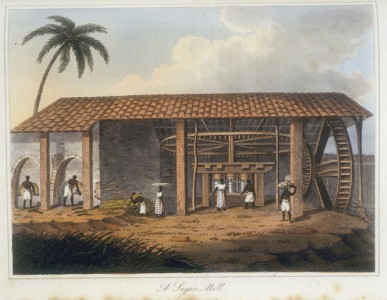
In 1816 he accompanied the English explorer Henry Koster to Brazil. Koster had lived in Brazil for some years and had became famous for his book Travels in Brazil, recently published.[5] There he met Dr Grigori Ivanovitch Langsdorff, also an explorer of Brazil, and Consul General of Russia. They did not spend a long time on shore because of a revolution, but Swainson returned to England in 1818 in his words "a bee loaded with honey", with a collection of over 20,000 insects, 1,200 species of plants, drawings of 120 species of fish, and about 760 bird skins.

As with many Victorian scientists, Swainson was also a member of many learned societies, including the Wernerian Society of Edinburgh. He was elected a fellow to the Royal Society after his return from Brazil on 14 December 1820,[3][6] and married his first wife Mary Parkes in 1823,[4] with whom he had four sons ( William John, George Frederick, Henry Gabriel and Edwin Newcombe) and a daughter (Mary Frederica). Mary died in 1835.
![Fig. 215.—William Swainson, Esq., F.R.S., F.L.S. 1788–1855. By courtesy Mr. J. W. Marshall]](http://nzetc.victoria.ac.nz/etexts/WarEarl/WarEarl359a.jpg)
Swainson re-married in 1840 to Ann Grasby, and emigrated to New Zealand in 1841. He was involved in property management and natural history-related publications from 1841–1855, and forestry-related investigations in Tasmania, New South Wales, and Victoria 1851-1853. Swainson died at Fern Grove, Lower Hutt, New Zealand, on 7 December 1855.

Works on natural history
Apart from the common and scientific names of many species, it is the quality of his illustrations that he is best remembered for. His friend William Elford Leach, head of zoology at the British Museum encouraged him to experiment with lithography for his book Zoological Illustrations (1820–23). Swainson became the first illustrator and naturalist to use lithography, which was a relatively cheap means of production and did not require an engraver. He began publishing many illustrated works, mostly serially. Subscribers received and paid for small sections of the books as they came out, so that the cash flow was constant and could be reinvested in the preparation of subsequent parts. As book orders arrived, the monochrome lithography prints were hand-coloured, according to colour reference images, known as ‘pattern plates’, which were produced by Swainson himself. It was his early adoption of this new technology and his natural skill of illustration that in large part led to his fame.[7]

When Leach was forced to resign from the British Museum due to ill health, Swainson applied to replace him, but the post was given to John George Children. Swainson continued with his writing, the most influential of which was the second volume of Fauna Boreali-Americana (1831) which he co-authored with John Richardson.


This series (1829–1837) was the first illustrated zoological study to be in-part funded by the British government.[8] He also produced a second series of Zoological Illustrations (1832–33), three volumes of Jardine's Naturalist's Library, and eleven volumes of Lardner's Cabinet Cyclopedia; he had signed a contract with Longman to produce fourteen illustrated volumes of 300 pages in this series, one to be produced quarterly.[7]
Classification of natural history
In 1819 William Sharp MacLeay had published his ideas of the Quinarian system of biological classification, and Swainson soon became a noted and outspoken proponent.[9]
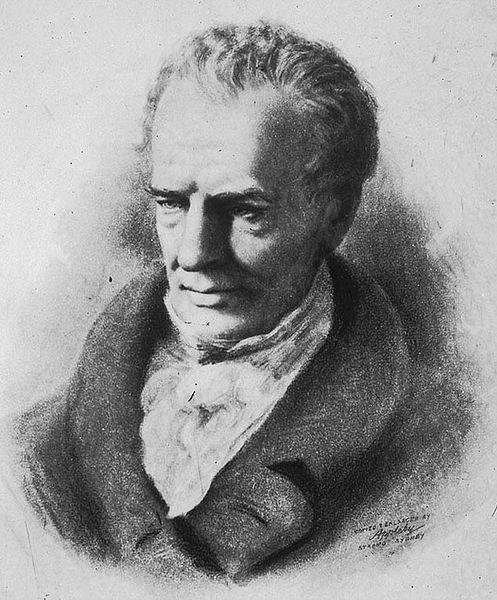

The Quinarian System later fell out of favour giving way to the popularity of the mapmaking theory of Hugh Edwin Strickland.[9] Swainson was overworked by Lardner,[10] and both Swainson and MacLeay became derided for their support of the Quinarian system. Both proponents left England; Swainson emigrated to New Zealand and MacLeay to Australia.[11] An American visiting Australasia in the 1850s heard to his surprise that both MacLeay and Swainson were living there, and imagined that they had been exiled to the Antipodes
'for the great crime of burdening zoology with a false though much laboured theory which has thrown so much confusion into the subject of its classification and philosophical study'.[12][13]
New Zealand estate
In 1839 he became a member of the committee of the New Zealand Company and of the Church of England committee for the appointment of a bishop to New Zealand, bought land in Wellington, and gave up scientific literary work.[4] He married his second wife Anne Grasby (housekeeper) in 1840.[14] He was apparently the first Fellow of the Royal Society to move to New Zealand.[15] He was later made an honorary Fellow of the Royal Society of Tasmania.[16][17]
Together with most of his children from his first marriage, they sailed for New Zealand in the Jane,[18] reaching Wellington, in the summer of 1841. The trip was not without incident, as the boat suffered damage en route and was in such a poor state that there was legal action on arrival.[19][20] He purchased 1,100 acres (4 km2) in the Hutt Valley from the New Zealand Company, and established his estate of "Hawkshead".

Not coincidentally, this name was shared by an ancestral home in Hawkshead, Lancashire of the Swainson family, which was the birthplace of Isaac Swainson. After a few months, this estate was claimed by a Māori chief, Taringakuri, which led to years of uncertainty and threat. He was an officer in a militia against in the Māoris in 1846. During these times he was largely dependent on his half pay.
Botanical studies in Australia
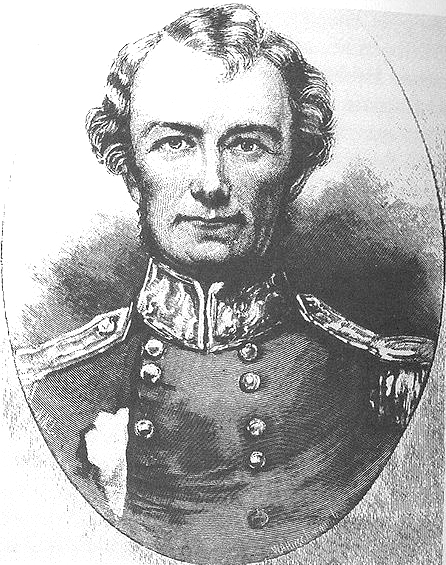
In 1851 Swainson sailed to Sydney and he took the post of Botanical Surveyor in 1852 with the Victoria Government, after being invited by the Lieutenant-Governor Charles La Trobe to study local trees. He finished his report in 1853 in which he claimed a grand total of 1520 species and varieties of Eucalyptidae. He identified so many species of Casuarina that he ran out of names for them.


While having quite some expertise in zoology, his untrained foray into botany was not well received. William Jackson Hooker wrote to Ferdinand von Mueller:
In my life I think I never read such a series of trash and nonsense. There is a man who left this country with the character of a first rate naturalist (though with many eccentricities) and of a very first-rate Natural History artist and he goes to Australia and takes up the subject of Botany, of which he is as ignorant as a goose.[16][17]
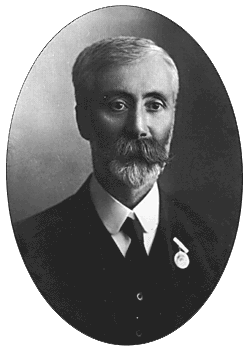
Joseph Maiden described Swainson's efforts as
an exhibition of reckless species-making that, as far as I know stands unparalleled in the annals of botanical literature.[16][17]He had studied the flora of New South Wales, Victoria and Tasmania before his return to New Zealand in 1854 to live at Fern Grove in the Hutt, where he died the following year.[4]
In 1856, a poem was written by the New Zealand poet William Golder in his memory.[21] His standard botanical abbreviation is Swainson.[22]
Common confusions regarding William Swainson
- William Swainson is frequently credited with having the genus Swainsona named after him, and specifically Sturt's Desert Pea the official floral emblem of South Australia. Although he did botanical work in this region, Swainsona is named after his cousin Isaac Swainson (1746–1812), who never travelled to this region.
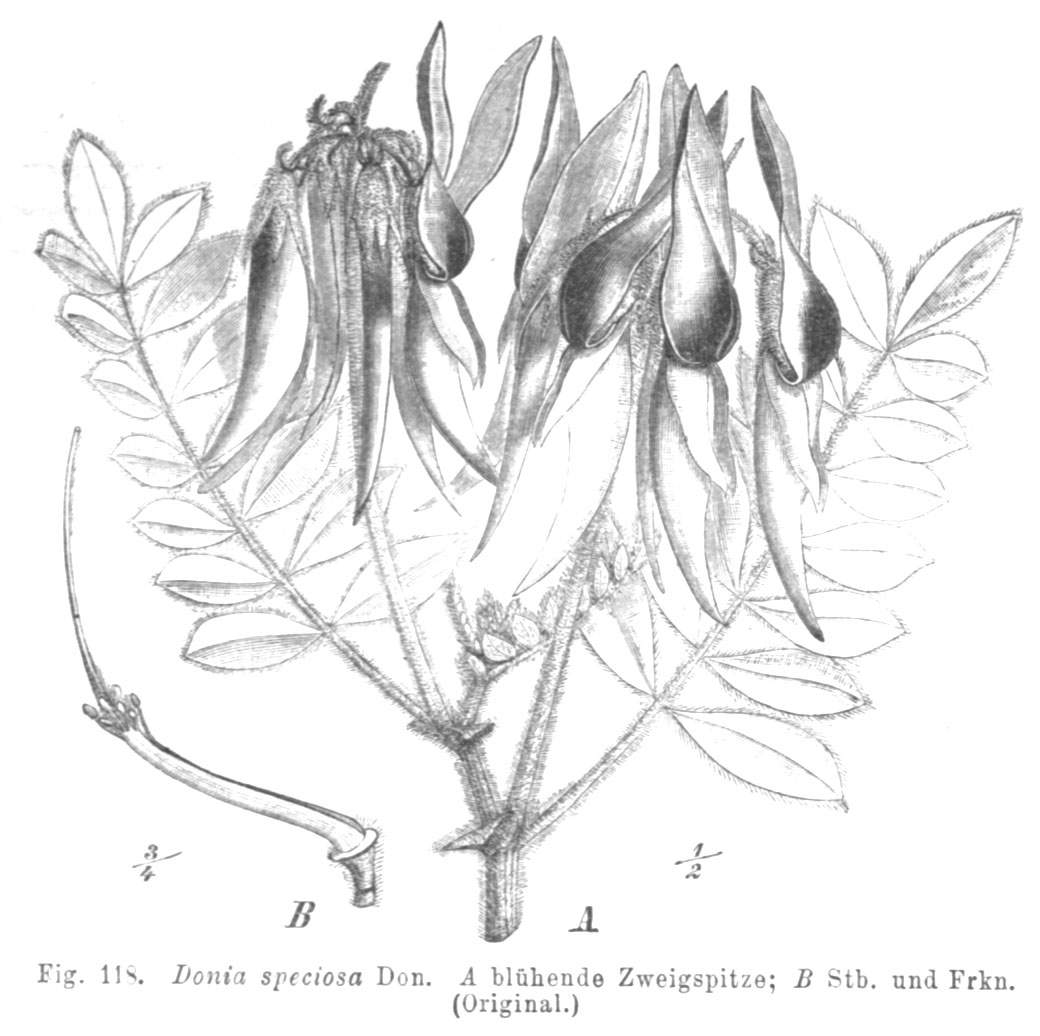

Common names of species named after William Swainson
Many birds retain a common name after Swainson, several of which were named by famous naturalists of the period. Many species or subspecies retain his name, although many of his own species were later discredited or merged with others.- John James Audubon named Swainson's Warbler Limnothlypis swainsonii
- Charles Lucien Bonaparte named Swainson's Hawk Buteo swainsoni
- Thomas Nuttall named Swainson's Thrush Catharus ustulatus
- Swainson's Francolin Francolinus swainsonii
- Swainson's Sparrow Passer swainsonii
- Swainson's Antcatcher Myrmeciza longipes
- Swainson's Fire-eye Pyriglena atra
- Swainson's Flycatcher Myiarchus swainsoni
- Swainson's Toucan Ramphastos swainsonii
Taken from and references on: https://en.wikipedia.org/wiki/William_John_Swainson [08.10.2013]

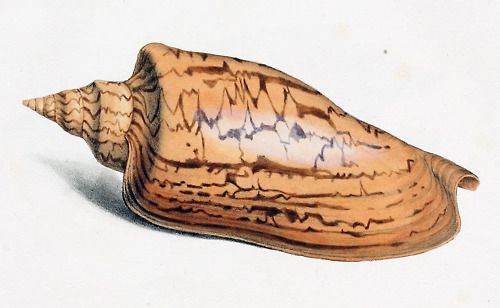

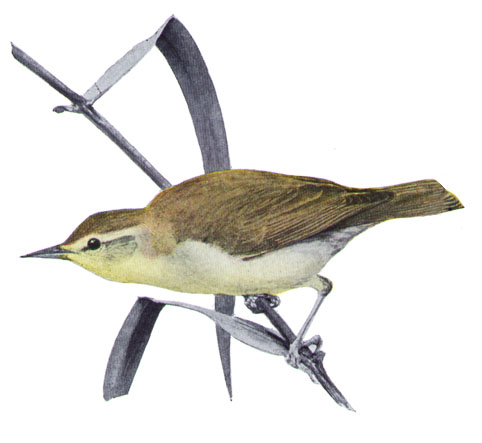
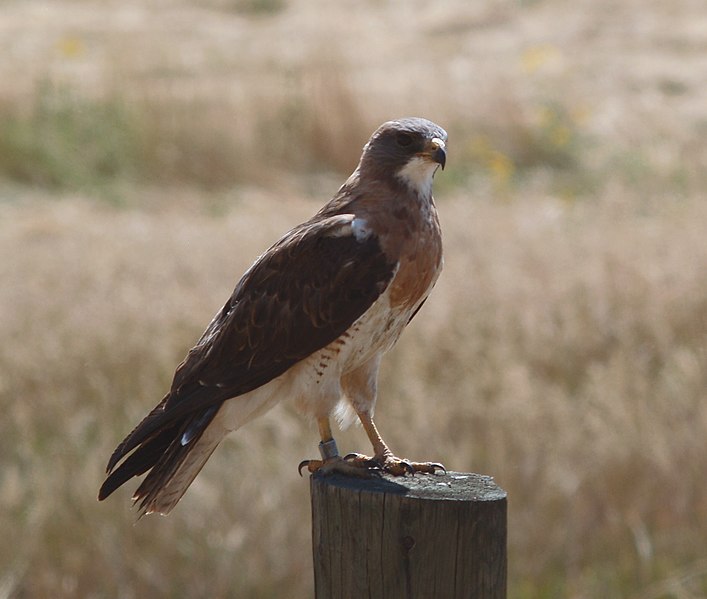


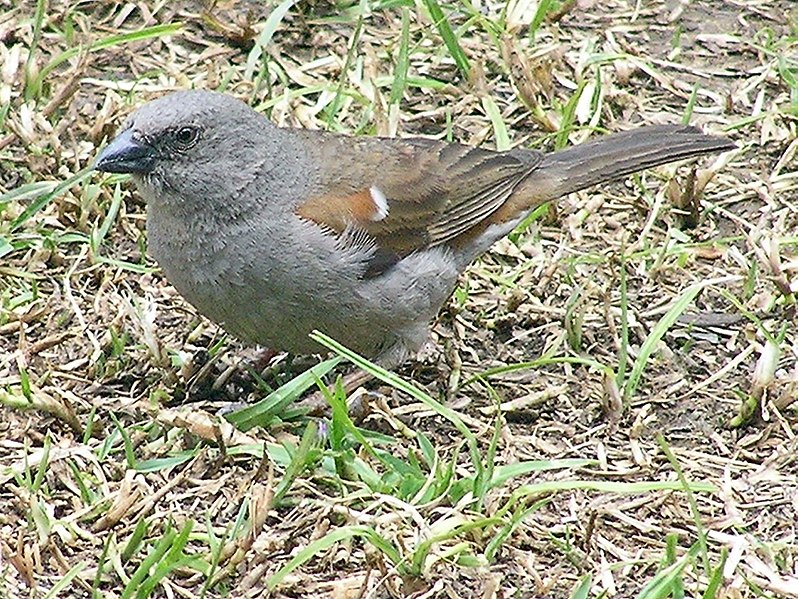
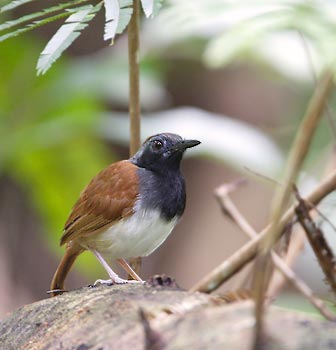

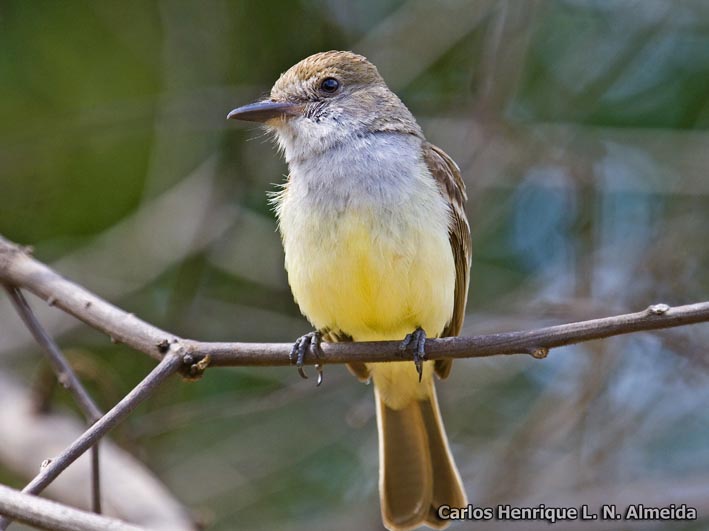

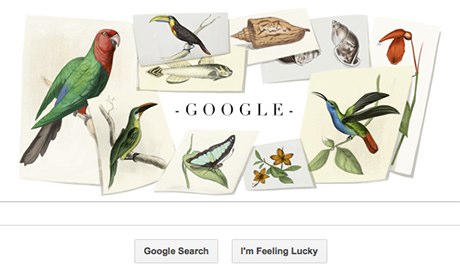
No comments:
Post a Comment